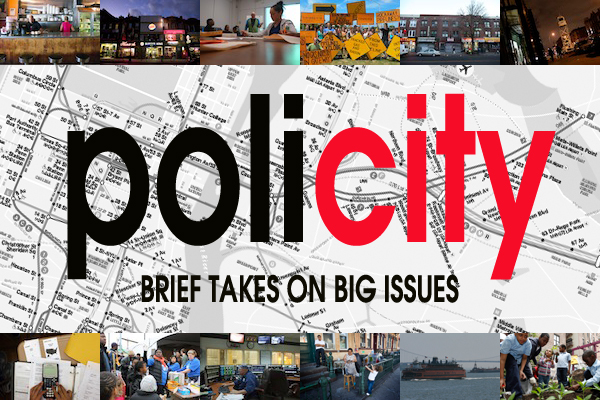
Photo by: M. Fader, P. Gabel, A. Talwar, K.A. Cote, J. Murphy, N. de Mause, O. Morrison, G. Flynn
On Monday came news that the top 1 percent of city earners were paying “almost half” of city taxes—46 percent, in fact, according to an analysis by the Independent Budget Office. This revelation prompted Mayor de Blasio to say, “”We appreciate those who have done well and contribute to our tax base.”
Gratitude is justified, but so is a closer look at the numbers.
In 2011, the top one percent of tax filers (which actually encompassed 1.5% of taxpayers, because some filers were actually couples filing joint returns) did in fact fork over 45.7 percent of city income taxes.
That sounds wildly disproportionate. But the whole reason we focus on the 1 percent is that they take a disproportionate share of income—to be precise, 37 percent of adjusted gross income in the city and 41 percent of taxable income. Looked at a different way, the 35,000 or so tax filers in the top 1 percent as a group took home $20 billion more than the 3 million filers in the lower 90 percent. In fact, collectively, the top 1 percent earned 36 percent more than the rest of the top 10 percent combined.
The way to evaluate whether a tax is fair is not to look at whether incredibly rich people pay a hefty share of the total tax bill, but rather what individual tax bills look like.
The top 1 percent—who each made more than $598,000 and most considerably more—paid 3.55 percent of income in city taxes. Households making $50,000 to $70,000 a year paid 2.49 percent. And filers reporting incomes of roughly $15,000 to $20,000 paid 1.07 percent. That doesn’t seem exploitative, but rather how a progressive tax system is supposed to work.
One caveat to all this: The personal income tax—attractively nicknamed “the PIT”—is just one of an array of taxes in the city. It brings in about $8.5 billion annually, far less than the property tax, which is good for $18 billion a year. Also contributing to the city’s $43 billion in yearly tax revenue are the sales tax, the mortgage recording tax, the utility tax and more. Some of these taxes will fall more or less heavily on the rich than the PIT; some might legally affect one income group but practically get passed along to another through higher rents or product prices.
It’s complicated. But one thing we can say is that whatever is the total tax bill facing each New Yorker, people making half a million bucks or more can better afford to pay than the more than half of city households taking home less than $29,000 a year.








